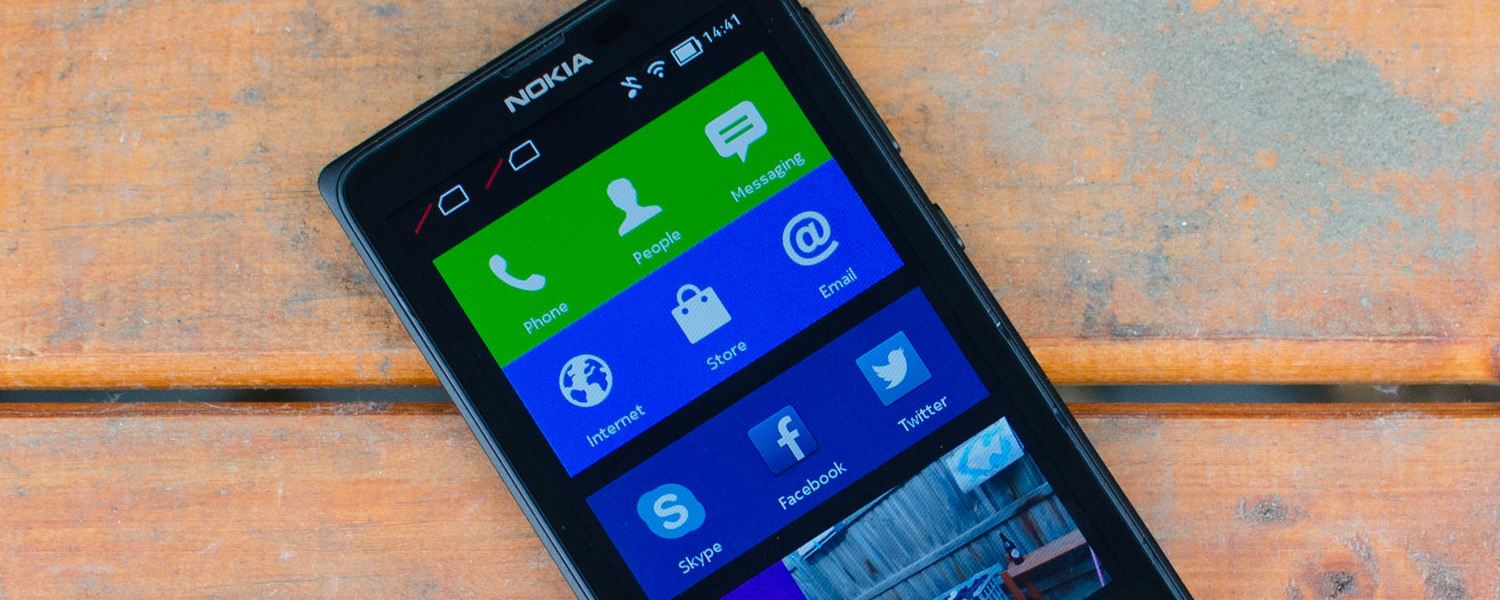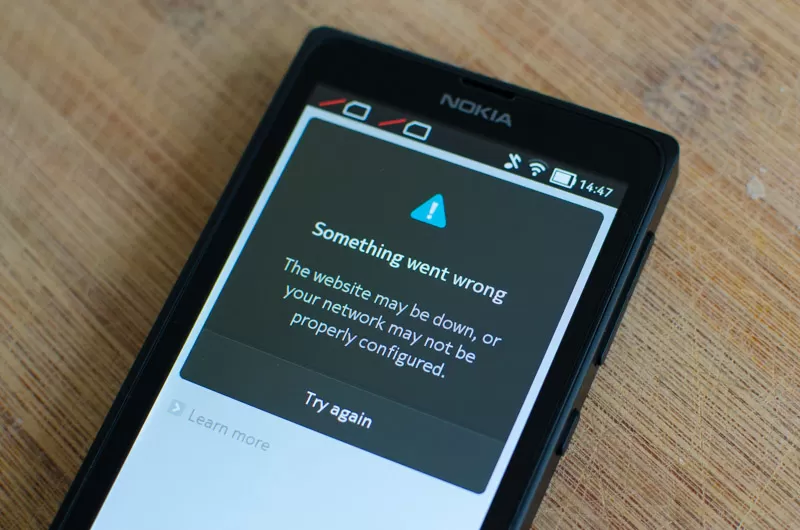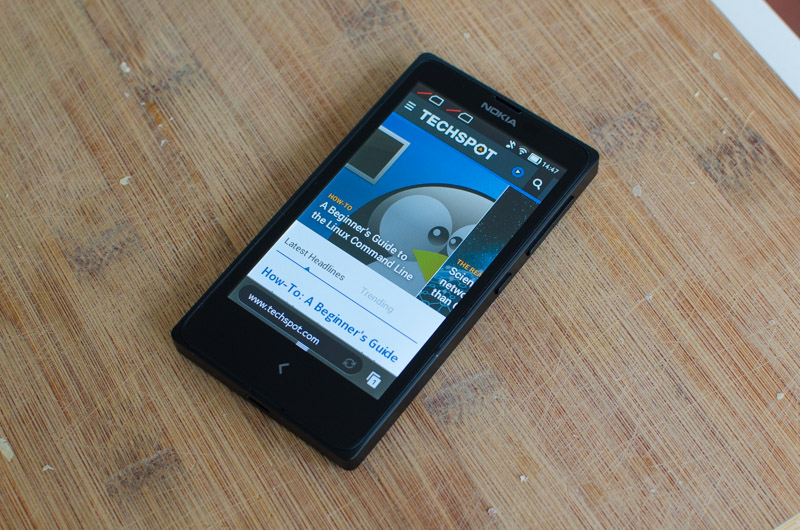Performance
Internally the Nokia X is packing a Qualcomm Snapdragon S4 Play MSM8225 SoC, which is a 45nm part with a 1.0 GHz dual-core ARM Cortex-A5 CPU and an Adreno 203 GPU. The device comes with just 512 MB of RAM (or 768 MB in the Nokia X+), 4 GB of internal storage, plus HSPA, single-band Wi-Fi 802.11b/g/n and Bluetooth 3.0 radios.
Putting it bluntly, the hardware in this handset is outdated. The MSM8225 is the lowest-end chip from Qualcomm's previous generation, superseded by the Snapdragon 200 towards the end of last year. This means the Nokia X, a new device released in 2014, comes with a two-year-old SoC, which is unacceptable for a class of smartphone that needs all the power it can get.
Even worse is the fact that the MSM8225 is a step lower than the MSM8227 that we saw in Nokia's highly-popular Lumia 520 from early last year. At the very least, the hardware of the Nokia X should be on par with a year-old entry-level Windows Phone. But it's not.
One of the only good aspects of the Nokia X's hardware is the inclusion of a microSD card slot for expanding on the minimal 4 GB of internal NAND provided. With just 1.3 GB of storage available to the user out of the box, I'd highly recommend purchasing a microSD card, because that storage will quickly get filled by apps and photos.
Networking also lets the device down by only supporting HSDPA at 7.2 Mbps, which is well below the maximum speeds supported by most HSPA/3G networks. For a handset without LTE, ideally I would have liked to see download speeds of at least 14 or even 21 Mbps, so it could match the Lumia 520.
Performance around the operating system is truly terrible. Now I'm not expecting the Nokia X to perform at the same level as the Galaxy S5 or Xperia Z2, but I do expect it to give a similar experience to products of the same price point. And in this respect, it fails miserably at performing to an acceptable level.
Swiping, scrolling, zooming, and unlocking all come with a degree of lag. The Nokia X's weak MSM8225 SoC and 512 MB of RAM is simply not powerful enough to render the operating system's interface at a smooth 60 frames per second, or even 30 FPS on occasion. Either that, or Nokia hasn't put in any effort to optimize the customized version of Android to run appropriately on this hardware.
A few weeks ago at Computex 2014 I had a brief hands-on time with Asus' entry-level handset, the ZenFone 4, which is on sale in the same markets as the Nokia X for a slightly lower price. Unlike the Nokia X, performance from the Intel Atom SoC in the ZenFone was perfectly fine, and the Android skin was responsive and smooth to use for the most part. It's a similar situation with Nokia's own fantastic Lumia 520, which delivers great performance at a comparable price point to the X.
The lack of power is most noticeable while opening apps and trying to navigate through different screens within apps. There's a pronounced delay each time you attempt to perform an action like opening the settings screen or loading an app, which is frustrating because often I thought my taps weren't being registered by the touchscreen. Maybe they weren't, but I suspect it's got more to do with the lack of CPU power in this handset.
Web browsing is something I tried to avoid doing on the Nokia X because it's often unbearably laggy. Loading up the mobile-optimized TechSpot homepage on the X sends the SoC into meltdown as it tries to render the entire page. You can forget scrolling and zooming, because there's so much checkerboarding and pixelation that you can't read the page for several seconds after you scroll down a bit.
The good news is some apps, like Twitter, aren't a complete pain to use because they don't require all that much CPU power. Surprisingly, some games like Fruit Ninja (which is included on the Nokia X) perform to an acceptable level, but there's no hope at getting the more intense 3D games running at a playable frame rate.
Moving on to benchmarks and I'll be honest, I'm not expecting anything great. In fact my expectations hit rock bottom when both Peacekeeper and Google Octane failed to complete a run in the stock Nokia Browser without crashing.



In Kraken, which I managed to run in the Nokia Browser successfully, the Nokia X performed pretty poorly up against other Android devices, although the browser is more optimized than Internet Explorer on the Lumia 520. I've also added in results from Vellamo 3.0, although I don't have any entry-level device results to compare it to.


The Adreno 203 is showing its age, as you can see from the benchmarks above. It should be capable enough for 2D and low-intensity 3D games though.


Once again, the Nokia X performs poorly in NAND benchmarks.


